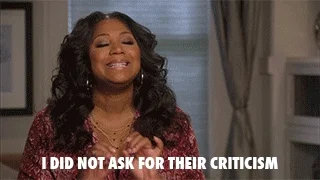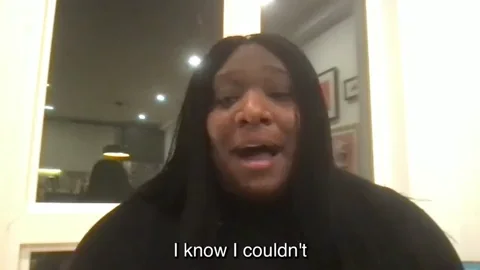
This logo isn't an ad or affiliate link. It's an organization that shares in our mission, and empowered the authors to share their insights in Byte form.
Rumie vets Bytes for compliance with our
Standards.
The organization is responsible for the completeness and reliability of the content.
Learn more
about how Rumie works with partners.
Have you ever given feedback and been surprised when the recipient was offended?
Or perhaps your feelings were hurt when someone gave you feedback?

Without skillful communication, feedback can often come off as unfair criticism. This puts people on the defensive and makes them unreceptive to what you have to say.
Luckily, there are some strategies you can apply to your communication skills toolbox to make sure that feedback is constructive and taken positively.
What is "constructive" feedback?
Constructive feedback is meant to help someone grow and improve. It is solution-focused and helps construct better performance, opportunities and outcomes.
There is no place in constructive feedback for judgment, attacks, or insults, which are destructive.

It has the following qualities:
It's helpful for the receiver. It gives them the insight they need to recognize their mistakes and weaknesses and put them on the road to improvement.
It's not vague but specific. It references concrete examples of behaviors or actions. It doesn't generalize.
It's objective and based on evidence.
It proposes ideas for solutions so that performance or behavior can improve.
Strategy 1: Build a foundation of credibility, candor, and care
Follow the 3 C's model to get your feedback off to the right start:

Prove that you're credible and that you actually understand your coworkers' roles, responsibilities, and situations. Nobody wants to listen to an out-of-touch higher-up who has no idea what's actually going on.

Show candor by not beating around the bush. Be open, honest, and direct about what you want to talk about. Phoniness fast tracks your feedback through one ear and out the other.

Make sure that your coworkers know that you care about helping them improve and that you're not only out to protect and advance your own position.
Strategy 2: Avoid anger & show appreciation!
Avoid expressing anger, irritation, or disappointment at your colleagues. That would be an easy way to make the feedback appear as an attack and set them on the defensive.

Instead, make your coworkers feel acknowledged and appreciated for their contributions. Use concrete examples of the value they've added to the organization.

Strategy 3: Focus on the actions or behavior, not the person
Don't make a judgment on a person's character. Instead, show that you're simply observing particular actions or behaviors that can be changed.

For example:
❌ We should start calling you Captain Tardy considering how often your reports don't make the deadlines. You must do better or we'll have to find someone else.
✔️ I've noticed that your reports have been late quite often. For the organization to meet its goals, we must make deadlines. Let's talk about how you could improve.
❌ You're a terrible writer with atrocious grammar. I can barely understand anything you've written. We'd be better off hiring a child.
✔️ The content of your articles is exceptional. It's quite impressive! I did notice, though, that there are quite a few grammar and spelling errors. Perhaps you could spend a little more time proofreading or using Grammarly before handing in your work.
Strategy 4: Dish out the positive with the negative
Providing a balance between positive and negative feedback will open up the receiver to what you have to say. If you only have negative things to say, you may discourage them.
 Photo by Tingey Injury Law Firm on Unsplash
Photo by Tingey Injury Law Firm on UnsplashHowever, avoid linking the positive and negative feedback together. For example, don't say, "Your problem-solving skills are good, but..." Once people hear the "but," they'll believe everything that came before wasn't true.
Instead, make sure the positives and negatives are distinct. Try something like:
First off, I just want to say what a marvel you are with Microsoft Word. We're all really impressed with your contributions. On the flip side, I've noticed you've been late a few times. Let's see how we can work on that.
Strategy 5: Encourage Solutions

Instead of this:
You shouldn't...
You have to...
The obvious solution is...

Try this:
Perhaps you could try...
Have you thought about...?
Maybe a good solution would be...
Quiz
What would be the best way to encourage a solution to your coworker who can't make deadlines?
Frame the solution in an encouraging way. Don't be blunt and rude as you don't want to appear judgmental.
Take Action
Time to encourage and uplift your coworkers!

Improve your communication skills with these thoughtful and effective feedback strategies:
This Byte has been authored by
Adam Minahan
Learning Designer